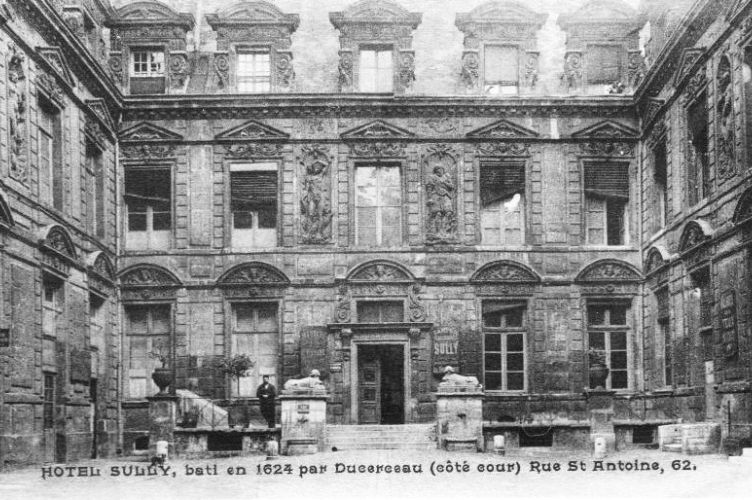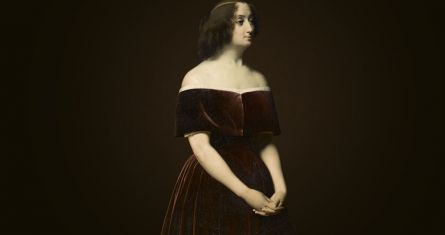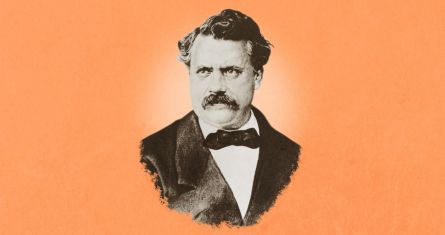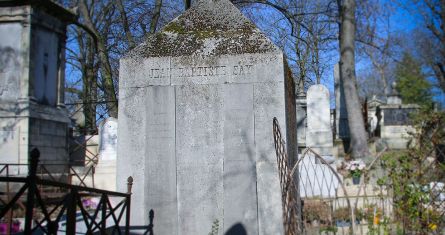The inauguration of the Ecole Spéciale de Commerce et d'Industrie was conducted by its first two directors, Amédée Brodart and Germain Legret, two clients of merchant Vital Roux, who persuaded them to invest in a new concept: an establishment dedicated to training selected young people in commerce.
They rented premises in the vast building of the Les Fermes hotel located on Rue Grenelle-Saint Honoré, and after a few months of refurbishing the school opened its doors with 60 students in December 1819.
After the emergence of engineering schools which took place before and during the Revolution, a business school was exactly what France was ready for. Based on these ‘Ecoles’, Vital Roux imagined an educational establishment for young people interested in pursuing careers in commerce and industry.
From the very beginning, the project was backed by business leaders such as banker Jacques Laffitte and industrialist, merchant and politician Guillaume Ternaux, who publicly supported the new establishment.
In 1821, A. Brodart decided to move the school to larger premises: the Hôtel de Sully, a private mansion in the Louis XIII style located in the Marais district, at 62 rue Saint-Antoine,
which was at that time leased for private use. Inspired by what was not yet called public relations at the time, Brodart organized a solemn celebration, presided over by G. Ternaux, and attended by Members of Parliament Laffitte and Casimir Périer, General Foy as well as Jean-Baptiste Say, the school's inspirer alongside Vital Roux.
Many speeches were given, the essence of which can be found in this excerpt summarizing the philosophy of the establishment: “Here, everything you need to know is before your eyes; here, whatever the branch of industry or commerce you prefer, you will find the elements and their applications, you will be able to combine practice and theory and, through feigned speculation, through multiplied tests, to prelude the most important commercial operations.”
The foundation for the case study method was laid! The school's premises also housed an Industrial Museum: a museum of manufactured goods coupled with a museum of raw materials.
What was to become ESCP was officially created, with many adventures in store, but that is another story...
- The rue Grenelle Saint Honoré was destroyed by Baron Haussmann's urbanisation work. It was located at the level of rue Jean-Jacques Rousseau, near Les Halles.
- The Ecole des Ponts et Chaussées (1747), the Ecole Royale des Mines (1783), the Ecole Normale Supérieure and the Ecole Polytechnique (1794).
- Today, the Hôtel de Sully is home to the Centre des monuments nationaux.
Credit: © Ministère de la Culture -Médiathèque de l'architecture et du patrimoine, Dist.RMN-Grand Palais / Eugène Durand



